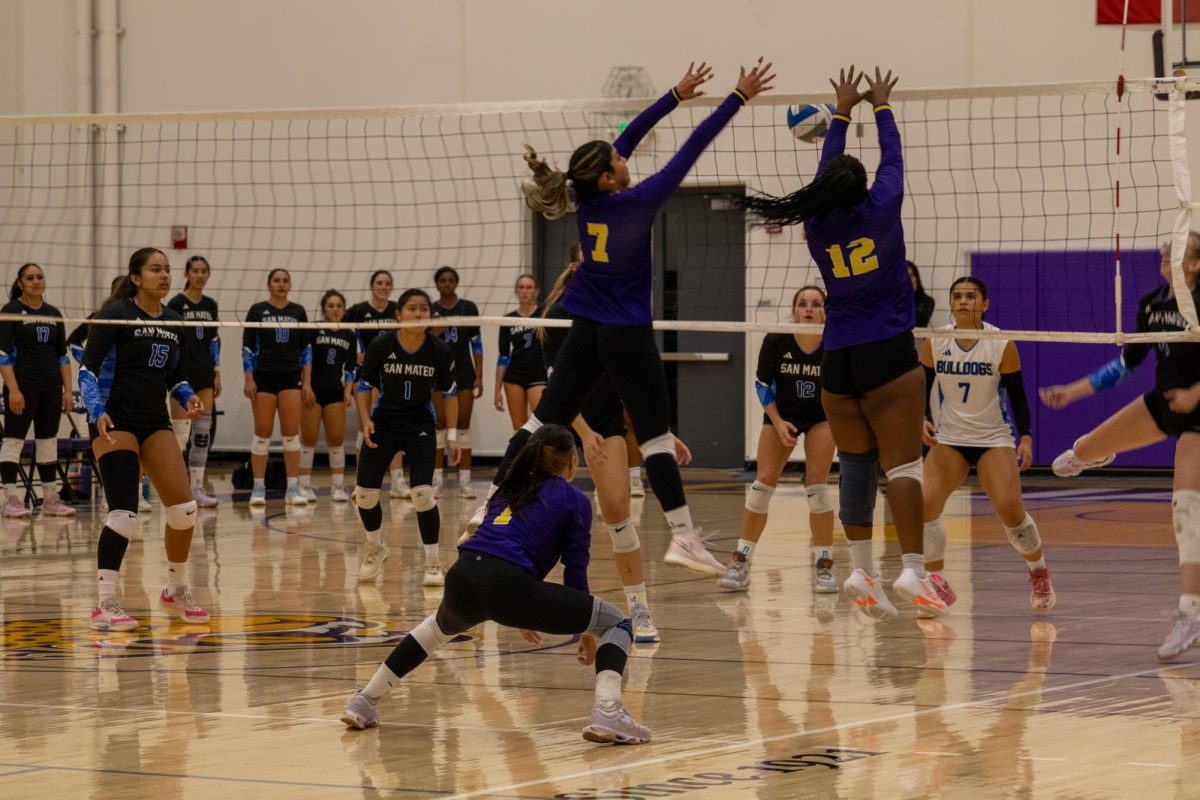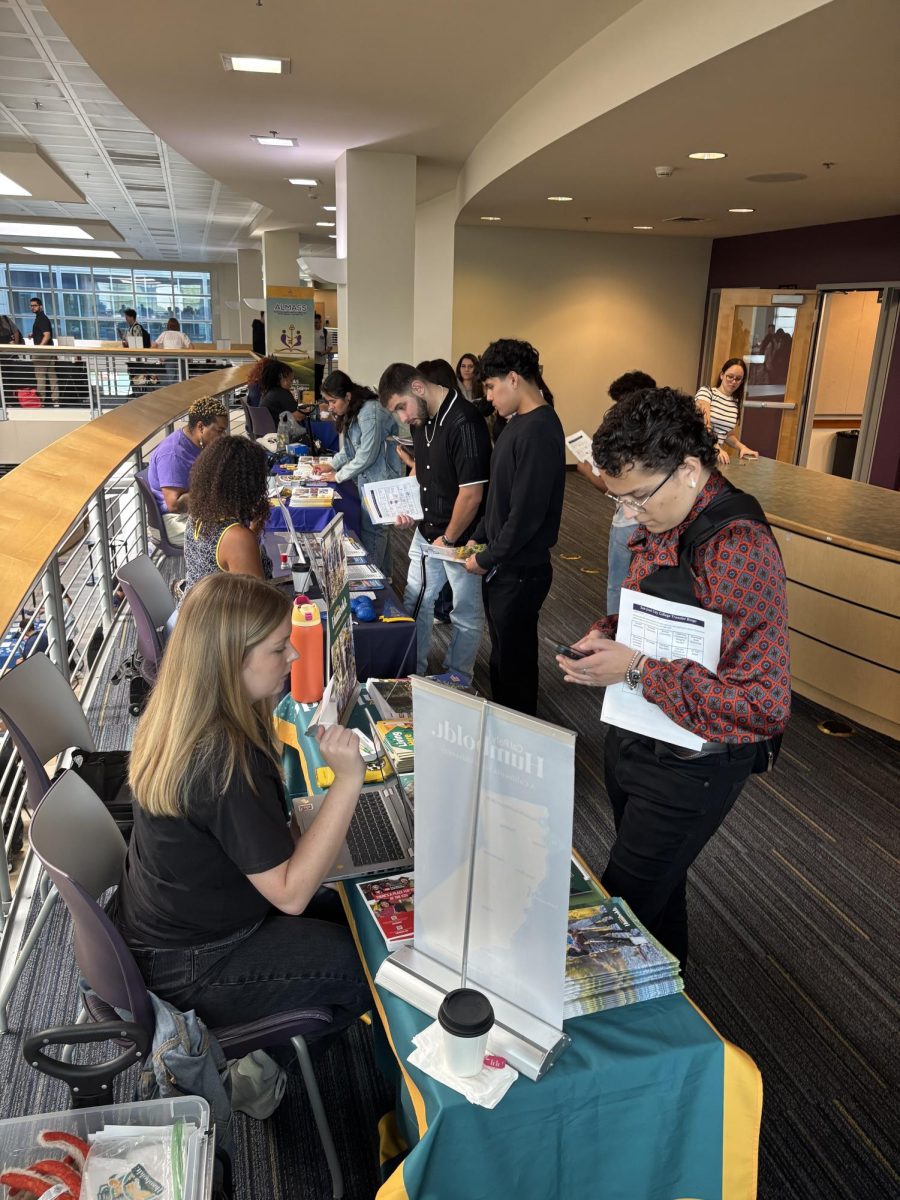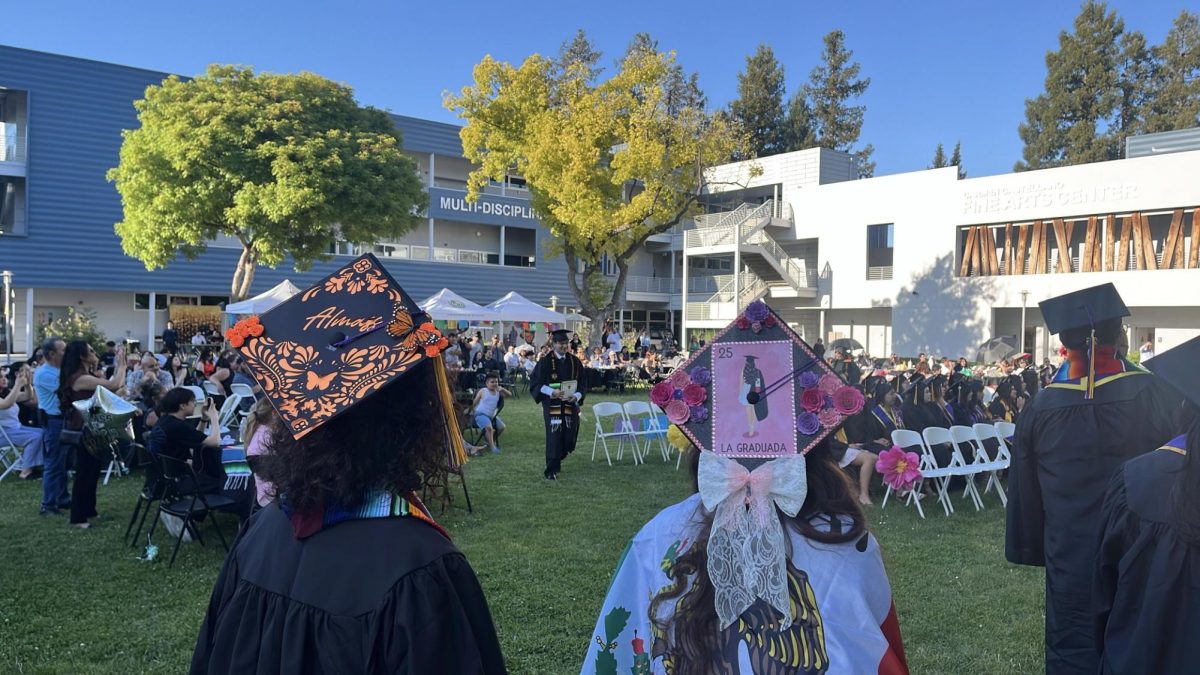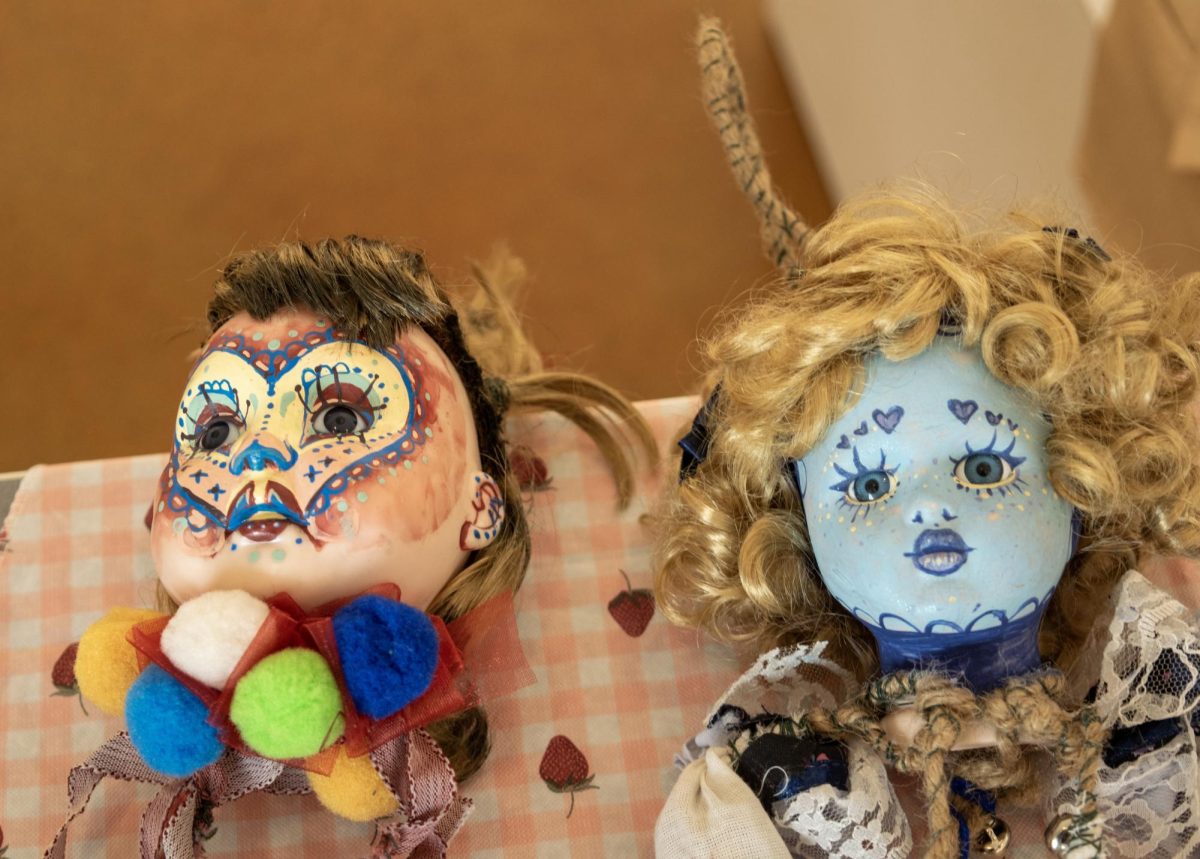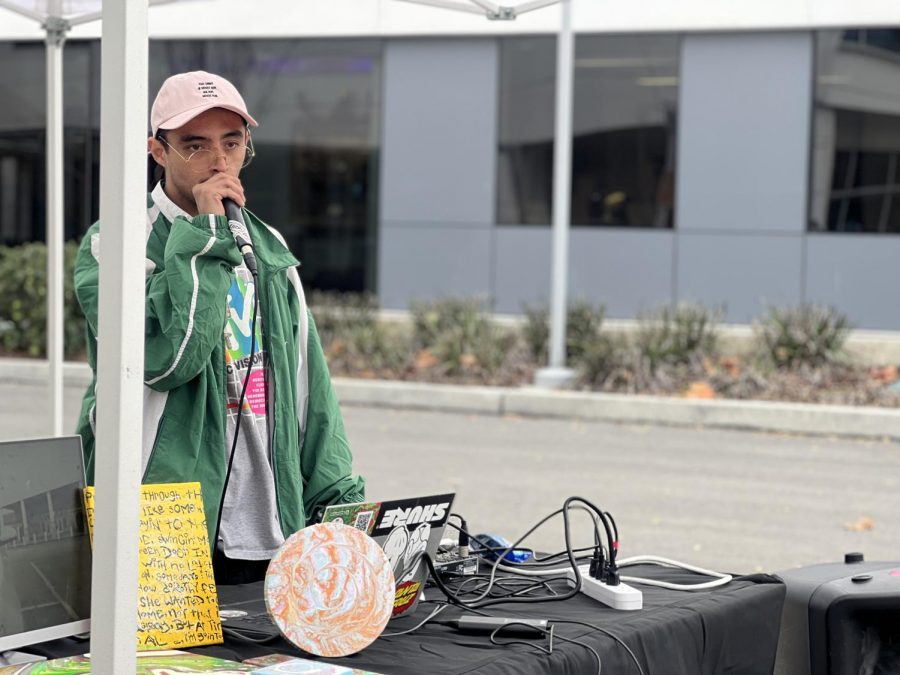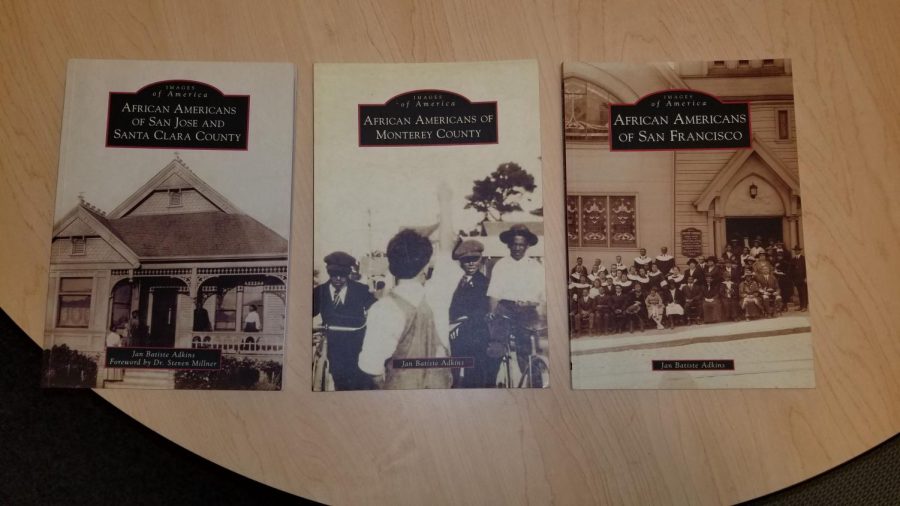Special education at the college level is much different from lower levels.
Instructors have no prior knowledge of any accommodations that may be needed if students do not present them with the appropriate paperwork, stating their individual needs.
The Family Educational Rights and Privacy Act is a federal law designed to protect the privacy of student education records. FERPA laws state that it becomes the students’ responsibility to seek accommodation and fill out the appropriate paperwork once the student is 18 or older.
English instructor Marlise Edwards had not received training on educational disabilities in the classroom in her 17 years of teaching, until last January, when the English department was offered a workshop on educational impairments.
“I previously had no idea that the proximity in which I’m near a student may for some be a trigger just as certain words commonly used in the classroom can be triggers,” Edwards said.
Sometimes difficulty with comprehending material is demonstrated through frustration as was experienced during one of Edwards’ classes in the past.
“The outburst was uncommon, but the other students were understanding and the appropriate persons were contacted,” Edwards said.
Learning disabilities and or educational limitations range on a nonlinear spectrum and include but are not limited to: Asperger’s, autism, illiteracy, needing more time or a different setting for tests, note taker, closed captioning, etc.
There are disabilities that can be identified through behaviors; however, Jen Boxerman, Director of Communications and Development at Temple Isaiah, in Lafayette, California wrote, “(autism is) a human experience, not a list of behavioral traits.”
“What we see is behavior, but there’s so much more going on inside each person. Treating autistic people as individuals and not a diagnosis is what autism awareness means to me,” Boxerman said.
English instructor Michelle Blair who began teaching at SJCC in 1999 said she has always been attentive and interested in the abilities and the different ways our brains work and “how information is processed differently.”
“The weird thing is I was sensitive and curious about autism before she (Fiona) was born. Maybe there’s something cosmic about that all,” Blair said.
Fiona is Blair’s 10-year-old daughter and comic strip artist. “She’s much smarter than can be seen by the work that’s required by school,” Blair said.
Blair said that, when suggesting that students and friends look into SAS services, “try to be euphemistic, try hard to avoid saying disability and encourage them to get the services offered to help them learn to the best of their unique abilities.”
While prior training cannot always fully equip one to make the ‘right’ call, Blair says it best, “Sometimes I don’t know how to help except to find help that will hopefully help.”
Cathy Patel, learning disabilities counselor on campus, with 20 years of experience teaching special education in junior high and high school, says sometimes the most helpful thing we can do is to acknowledge the difficulty being faced.
“Something as simple as, ‘I understand your frustration with…’ can begin to deescalate the situation,” Patel said.
Patel has an open door policy. She can be found on the first floor in the library ready to assist with a range of needs. Dragon Speaks, WYNN, Jaws: assistive technology that can be used in the lab which is equipped with colored keyboards that have bigger numbers and letters. Headphones to help with concentration related to noise. She can help connect students with note takers as well.
“Basic human kindness. Treat everybody equally and as you’d want to be treated because everyone is an individual, especially these days,” Patel says doing so is the best way to help bridge any stigmas or gaps in the classroom about learning limitations of all kinds.
For more information on learning limitations
visit https://the-art-of-autism.com/understanding-the-spectrum-a-comic-strip-explanation/


